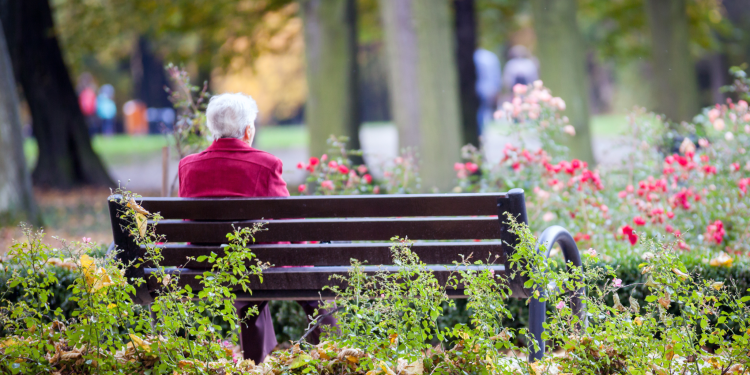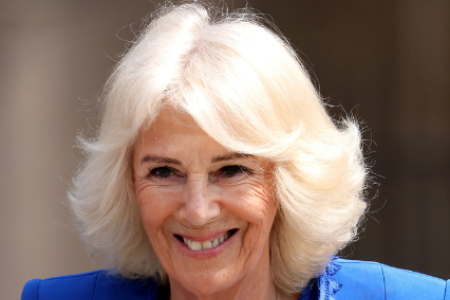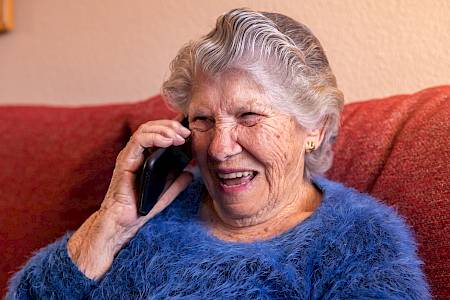Our Research and Impact Lead, Georgina Everett, joined colleagues from around the world at a recent conference to consider what chronic loneliness means and the impact it has.
I recently had the privilege of taking part in a workshop hosted by the Lorentz Centre in the Netherlands, involving a range of experts from across Europe and beyond to talk about when loneliness becomes harmful.
Many of us will experience loneliness at some point in our lives; much like hunger or thirst, it’s a signal telling us our needs aren’t being met and that we should seek out social connection. It’s an unpleasant feeling and can be painful, but for lots of people, loneliness passes without doing lasting damage.
That isn’t the case for everybody, though – about 7% of the UK population (approaching four million people) say they often or always feel lonely. Loneliness has negative impacts on our mental and physical health, and the World Health Organisation has just adopted a landmark resolution to recognise social connection as an ‘urgent public health priority’; the purpose of the workshop I attended was to try to work out how, when, and for whom loneliness becomes harmful so that we can better address it.
Workshop participants came from different academic disciplines such as psychology and sociology, as well as clinical practice, local authorities and global bodies, people young and old experiencing loneliness, and organisations supporting them. We also had the benefit of early insights from a survey conducted ahead of time asking people working on or with experience of loneliness how they defined and recognised ‘chronic loneliness’.
My use of inverted commas around the term illustrates one of the challenges involved in bringing such a mix of perspectives together; although we were all concerned with the same issue, we didn’t all use the same language or emphasise the same things. Our work illuminates various aspects of loneliness and how it’s experienced, and the workshop gave us a chance to map our insights, recognising what we know, what still needs to be done, and how we can effect change.
During the week’s activities we tackled questions of what chronic loneliness is – what makes it something distinct from regular or passing loneliness? We identified the factors that, to our knowledge or in our experience, can contribute to someone’s loneliness becoming a lasting and damaging experience, as well as the mechanisms or processes by which that can happen.
The details will differ from person to person, and some things are more difficult than others to tease apart or arrange sequentially, but we began developing a conceptual framework to model, broadly, how these factors and experiences, from the broader social level down to the individual, can weave together to produce, prevent, aggravate, and alleviate loneliness.
This should be useful as a means of understanding how loneliness functions and will also have more specific uses, so the workshop turned finally to questions of what the model could do for, or be used to do by, different stakeholders:
-
How can researchers measure and capture people’s experiences according to this model, and to what ends?
-
What can this model bring to, for example, psychologists’ work with people experiencing loneliness?
-
How could the model be used by decision-makers and advocates to assess existing policy and infrastructure, and drive better policies for social connection?
-
How can the model inform or guide organisations to design, fund and deliver successful interventions or prevention programmes?
-
And how do we translate this model into broader public engagement with the issue of loneliness?
Some meaty questions, and I’m looking forward to seeing what more comes out of the workshop, as well as considering how Re-engage can continue to contribute to and benefit from any developments.
We’re constantly reviewing how we monitor and evaluate our services, for example, and the workshop insights will help us in the coming months as we consider the measures we currently use and any changes.
We already recognise the value of working in partnership to deliver services and we want to do more to influence policy in the service of lonely or isolated older people in the UK; the model could help us to identify existing and additional pathways for these activities.
I’m also interested in the question of public engagement: how do we raise awareness and create space for people to think about loneliness before they reach crisis point?
I especially enjoyed being part of a mixed group of participants (from lived experience and social enterprise, psychology, and research) who talked about next steps in this area - we’re already making plans as to how we can use the model as a basis for creating engaging, interactive ways of getting people to think about, recognise, and seek help with loneliness in themselves and others.
If you’re planning to be at the Campaign to End Loneliness annual conference in September, I hope to see you there!
-
View



